D-Glucosamic acid

D-Glucosamic acid structure
|
Common Name | D-Glucosamic acid | ||
|---|---|---|---|---|
| CAS Number | 3646-68-2 | Molecular Weight | 195.17100 | |
| Density | 1.662g/cm3 | Boiling Point | 633.2ºC at 760 mmHg | |
| Molecular Formula | C6H13NO6 | Melting Point | 235ºC | |
| MSDS | USA | Flash Point | 336.7ºC | |
| Name | 2-amino-2-deoxy-D-gluconic acid |
|---|---|
| Synonym | More Synonyms |
| Density | 1.662g/cm3 |
|---|---|
| Boiling Point | 633.2ºC at 760 mmHg |
| Melting Point | 235ºC |
| Molecular Formula | C6H13NO6 |
| Molecular Weight | 195.17100 |
| Flash Point | 336.7ºC |
| Exact Mass | 195.07400 |
| PSA | 144.24000 |
| Index of Refraction | -15 ° (C=2.5, 1mol/L HCl) |
| Storage condition | 2-8°C |
| RIDADR | NONH for all modes of transport |
|---|---|
| WGK Germany | 3 |
| HS Code | 29225090 |
| Precursor 9 | |
|---|---|
| DownStream 7 | |
|
Chromium(III) complexes of D-glucosaminic acid and their effect on decreasing blood sugar in vivo.
Arch. Pharm. (Weinheim) 339(9) , 527-30, (2006) Two chromium(III) complexes of glucosaminic acid were synthesized by neutralization and exchange reaction. The formation of 1 : 1 and 2 : 3 (Cr : glucosaminate) complexes was confirmed by elemental an... |
|
|
In vivo effects of putative crowding factors on development of Hymenolepis diminuta.
J. Parasitol. 77(1) , 21-5, (1991) During in vitro incubation, Hymenolepsis diminuta secretes substances into the medium that inhibit DNA synthesis in the germinative region of freshly isolated, uncrowded worms. Of the many substances ... |
|
|
Developmental physiology of cestodes: characterization of putative crowding factors in Hymenolepis diminuta.
J. Parasitol. 70(6) , 937-44, (1984) It was shown previously that worm-conditioned saline (WCS) prepared from crowded 10-day-old H. diminuta inhibited the incorporation of 3H-thymidine into DNA in the anterior regions of uncrowded worms ... |
| D-Glucosamic acid |
| 2-Amino-2-deoxy-D-gluconic acid |
| D-Glucosaminic acid |
| MFCD00037764 |
| EINECS 222-879-1 |
 CAS#:338-69-2
CAS#:338-69-2 CAS#:669-90-9
CAS#:669-90-9 CAS#:1078691-95-8
CAS#:1078691-95-8 CAS#:3416-24-8
CAS#:3416-24-8 CAS#:83078-98-2
CAS#:83078-98-2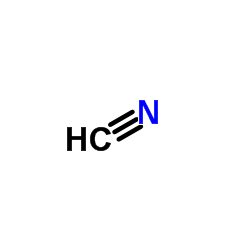 CAS#:74-90-8
CAS#:74-90-8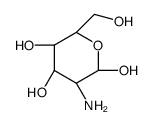 CAS#:90-76-6
CAS#:90-76-6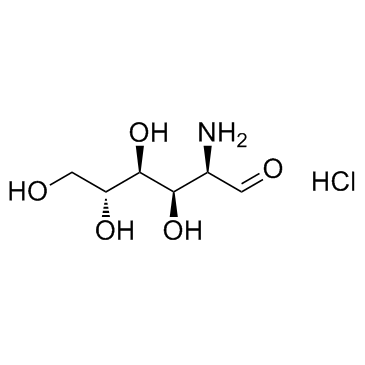 CAS#:66-84-2
CAS#:66-84-2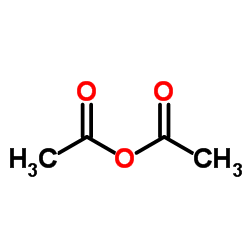 CAS#:108-24-7
CAS#:108-24-7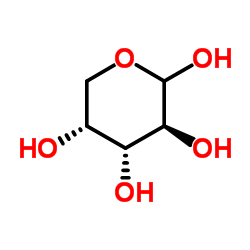 CAS#:10323-20-3
CAS#:10323-20-3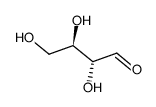 CAS#:583-50-6
CAS#:583-50-6 CAS#:10326-41-7
CAS#:10326-41-7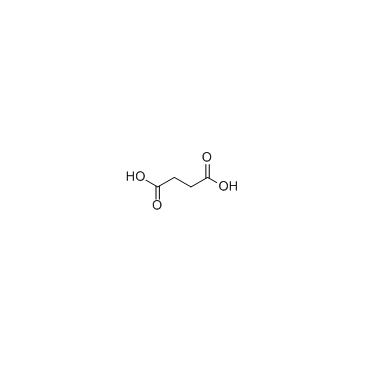 CAS#:110-15-6
CAS#:110-15-6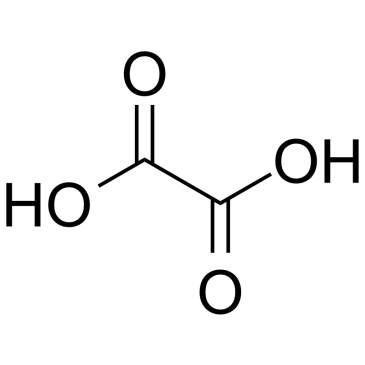 CAS#:144-62-7
CAS#:144-62-7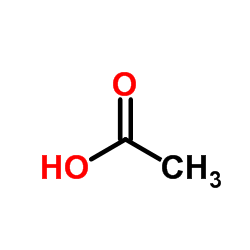 CAS#:64-19-7
CAS#:64-19-7
